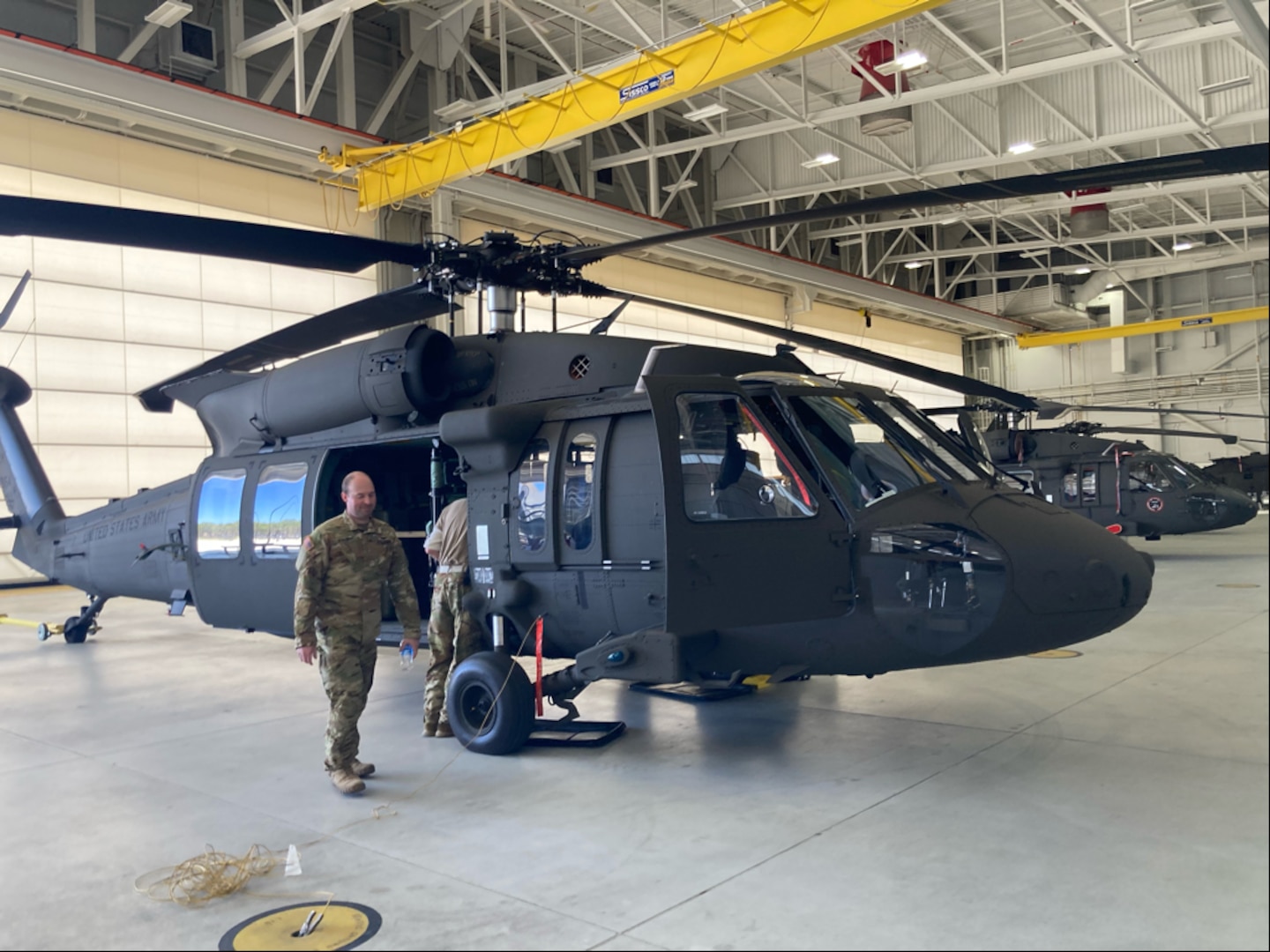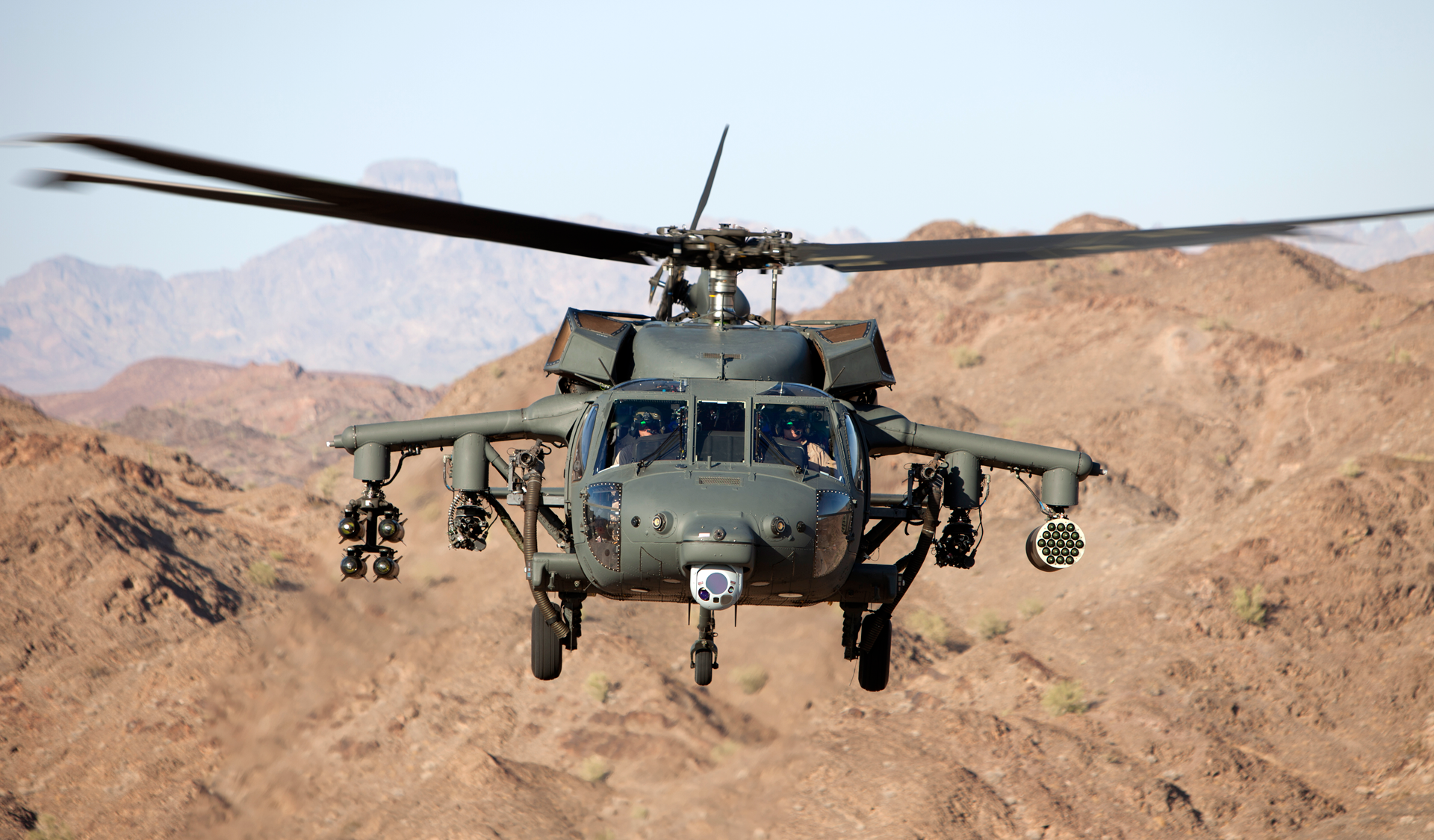Discover the Piloting and Training Needed for Operating a Blackhawk Helicopter
Discover the Piloting and Training Needed for Operating a Blackhawk Helicopter
Blog Article
Unveiling the Power and Adaptability of the Blackhawk Helicopter
The Blackhawk helicopter stands as a testimony to design quality and army technology, considerably forming the landscape of contemporary airborne procedures. Initially established in the late 1960s, this dual-engine aircraft has advanced right into a complex system with the ability of implementing a series of goals, from tactical troop releases to immediate clinical emptyings. Its design integrates innovative technology and materials, boosting both efficiency and survivability. As we explore its history and operational capabilities, one have to think about just how the Blackhawk remains to influence modern fight techniques and altruistic initiatives alike. What does this mean for the future of army air travel?
Background of the Blackhawk
The history of the Blackhawk helicopter is noted by considerable technological improvements and a calculated development in army aeronautics. Established in the late 1960s by Sikorsky Aircraft, the UH-60 Blackhawk was at first conceived to change the older UH-1 Iroquois, generally referred to as the "Huey." The Blackhawk's initial flight happened in 1974, and it was officially introduced to the U.S. Military in 1979.


This aircraft was designed to fulfill the requiring needs of contemporary war, concentrating on sturdiness, speed, and flexibility (Blackhawk Helicopter). Its capacity to operate in numerous environments, combined with sophisticated avionics and design functions, rapidly developed the Blackhawk as a vital asset for army procedures worldwide
Throughout the 1980s and 1990s, the Blackhawk saw extensive usage in numerous conflicts, including the Gulf Battle and altruistic goals. The helicopter's versatility permitted it to serve numerous duties, from troop transport to medevac and logistical support. As innovation evolved, so did the Blackhawk, causing numerous versions that accommodated specific objective demands. Today, the Blackhawk continues to be a famous symbol of army air travel, constantly fine-tuned to fulfill modern challenges.
Key Functions and Requirements
Blackhawk helicopters are renowned for their engineering excellence and operational convenience, flaunting a variety of crucial features and specs that improve their performance in numerous army roles. One of the most considerable features is their dual-engine configuration, generally powered by the T700-GE-701C engines, which offer exceptional dependability and performance. The helicopter has a maximum cruise ship speed of around 150 knots and a solution ceiling of around 20,000 feet, allowing it to operate effectively in diverse atmospheres.
The Blackhawk's airframe is built from sophisticated composite materials and light weight aluminum alloys, ensuring a durable structure while lessening weight. It includes a totally expressed rotor system that gives premium agility and security. The helicopter can suit up to 11 fight soldiers or lug up to 8,000 pounds of exterior cargo, making it highly versatile for numerous goals.
Furthermore, the Blackhawk is geared up with sophisticated avionics and communication systems, enhancing situational understanding and objective coordination. Its ability to run in damaging climate problems, integrated with its low acoustic signature, makes it a sneaky choice for tactical procedures. In general, these features add to the Blackhawk's track record as a foundation of modern-day military aeronautics.
Versatile Operational Responsibilities
Distinguished for their design excellence and advanced abilities, Blackhawk helicopters serve a wide range of functional duties within military frameworks. Initially designed for troop transportation, their convenience has actually expanded, permitting them to carry out numerous missions successfully.
Among the key functions of the Blackhawk is as an utility helicopter, promoting logistical support by moving materials and personnel to and from remote areas. Furthermore, they succeed in medical evacuation (MEDEVAC) procedures, geared up with sophisticated medical devices and employees to provide vital treatment in the area.
In fight scenarios, Blackhawks can operate as armed companion systems, sustaining ground forces by engaging opponent assets while ensuring troop safety and security. Their ability for special operations makes them vital; they can carry out reconnaissance missions, read here employees recovery, and direct activity raids, commonly in high-threat atmospheres.
Additionally, the Blackhawk's versatility allows it to sustain humanitarian missions and disaster action initiatives, delivering help and read the article crucial solutions in times of situation. This wide spectrum of operational roles shows the Blackhawk helicopter's exceptional flexibility, declaring its standing as a crucial asset in modern armed forces procedures worldwide.
Technical Advancements
Numerous technological technologies add to the Blackhawk helicopter's extraordinary efficiency and versatility in diverse operational environments. One of one of the most considerable developments is its composite rotor blades, which boost lift and maneuverability while decreasing weight and maintenance demands. The blades system uses advanced products that bolster sturdiness and stand up to ecological destruction, guaranteeing dependable procedure in severe conditions.
In Addition, the Blackhawk is geared up with a cutting edge avionics suite that integrates advanced navigation and communication systems - Blackhawk Helicopter. This includes GPS, radar, and multi-function display screens that promote real-time situational awareness for pilots, adding to mission success under challenging situations
Additionally, the helicopter's fly-by-wire control system enables specific handling and enhanced responsiveness, supplying pilots with boosted control throughout complex maneuvers. The consolidation of advanced engine modern technology, such as the T700-GE-701C engine, more improves performance, providing increased power outcome and gas performance.
Last but not least, modular design concepts make it possible for fast reconfiguration for various missions, from army transportation to clinical evacuation, making the Blackhawk a versatile asset in humanitarian and army procedures. These technological advancements collectively make sure that the Blackhawk continues to be an awesome visibility overhead.
Influence On Modern Warfare

Furnished with innovative avionics and interaction systems, the Blackhawk allows seamless sychronisation among ground and air units, making sure precise and timely response to dynamic battle scenarios. Its versatility enables rapid implementation in varied settings, from city settings to sturdy terrains, reflecting the diverse nature of modern war.
Furthermore, the Blackhawk's exceptional speed and agility facilitate fast insertion and removal of employees, decreasing exposure to adversary fire. Its ability to run in hostile conditions, coupled with sophisticated protective steps, boosts survivability and objective success prices.
As modern-day problems increasingly rely upon joint procedures and fast action, the Blackhawk helicopter stays at the forefront of armed forces strategy, personifying the advancement of air mobility and the critical role of air power in achieving tactical goals. Its effect on modern-day war proceeds to redefine the capabilities of militaries around the world.

Verdict
In verdict, the Blackhawk helicopter exemplifies the intersection of advanced design and operational flexibility, solidifying its standing as a cornerstone of modern-day armed forces air travel. Its historic significance, remarkable features, and flexibility across numerous goal profiles emphasize its essential function in modern warfare. As technological technologies continue to boost its capacities, the Blackhawk continues to be a vital asset for armed forces worldwide, demonstrating exceptional efficiency in both combat and altruistic procedures.
The Blackhawk helicopter stands as a testimony to design quality and military technology, significantly forming the landscape of modern airborne operations.The background of the Blackhawk helicopter is marked by significant technical improvements and a critical development in military aviation.Blackhawk helicopters are renowned for their engineering quality and operational flexibility, flaunting a range of key functions and specs that improve their efficiency in various armed forces functions.Many technological developments contribute to the Blackhawk helicopter's remarkable efficiency and versatility in varied functional environments.In conclusion, the Blackhawk helicopter exhibits the crossway of sophisticated design and functional flexibility, solidifying its status as a cornerstone of modern army aeronautics.
Report this page